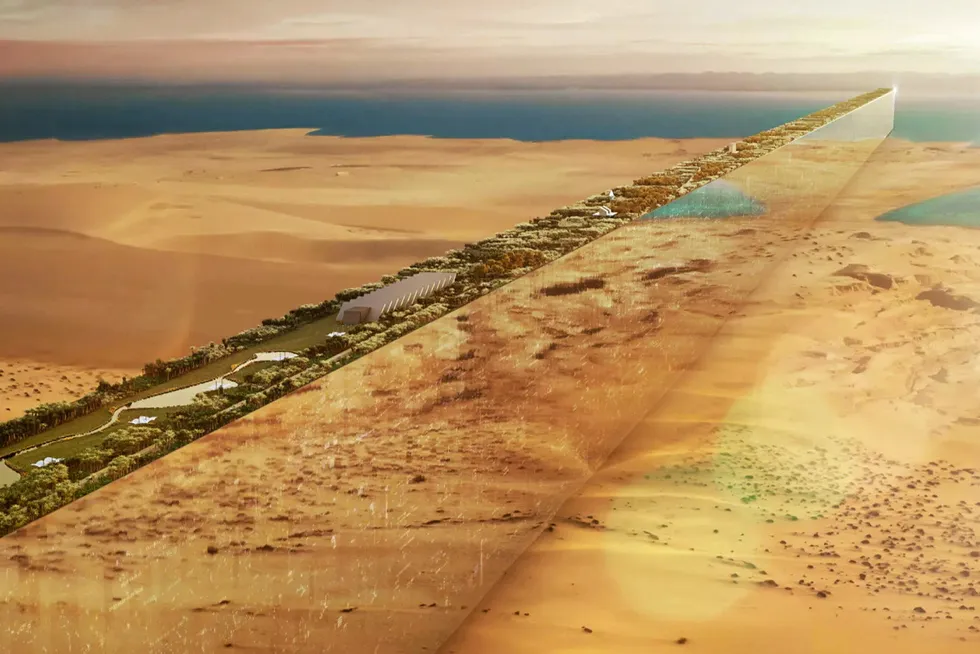Neom becomes first gigawatt-scale green hydrogen project to secure funding, with $8.5bn lined up
The 2.2GW project in northwest Saudi Arabia has won financing from 21 institutions and two government funds

The 2.2GW project in northwest Saudi Arabia has won financing from 21 institutions and two government funds
